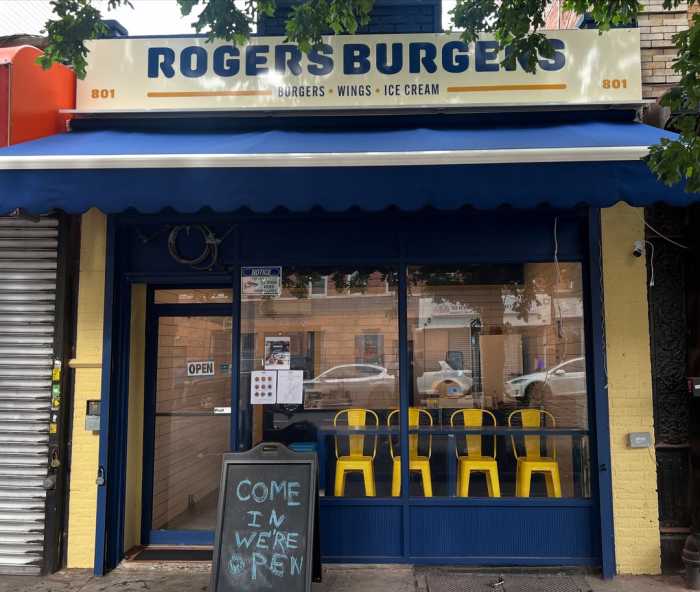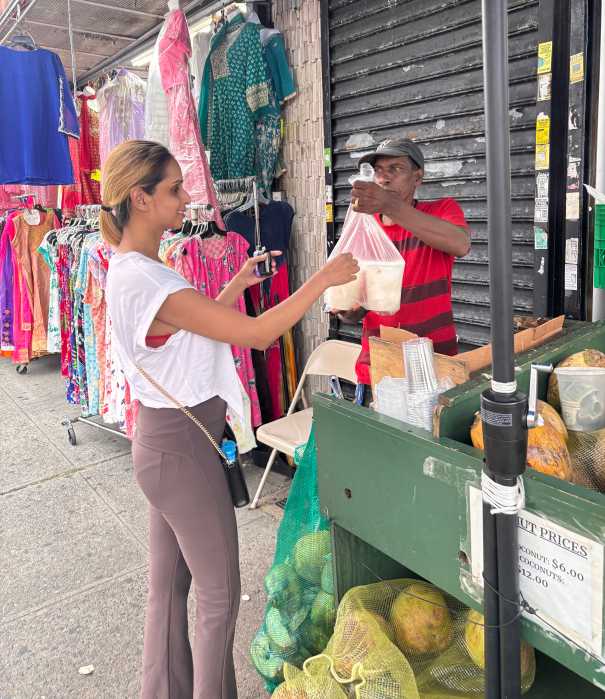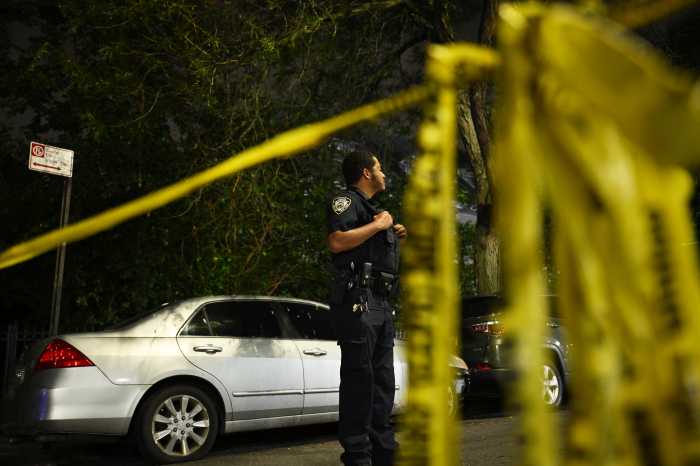Two hurricanes and ignorance about the region’s geography has Caribbean tourism officials and governments working overtime to get the message into countries of potential visitors that the islands comprise many destinations untouched by storms.
Caribbean Tourism Organization Chairperson Joy Jibrilu sounded more than a bit frustrated at the grouping’s recent conference when she referred to the fact that many tourism operators worldwide don’t know that the CTO’s 28-member countries are physically separate jurisdictions and not all were affected by the passage of storms this year.
In the face of reports that some travel agents and airline operators are advising potential tourists against visiting the Caribbean in the wake of Hurricanes Irma and Maria, she said the region is, “challenged to consider ways to tell the world that most of the Caribbean remains open for business”.
Continuing she pointed out, “there will still be a need to keep reminding the world that the distance between Barbados and Belize is more than six times as great as Toronto to Montreal and that New York to Chicago is only half as far as the Bahamas to Grenada.”
She added, “Guyana to Cuba is twice as far as London to Rome and that Dominica and the Dominican Republic are more than three times further away from each other than New York to Washington DC”.
Jibrilu’s comments at the State of the Tourism Conference in Grenada earlier this month underlined the dilemma of Caribbean tourism hosts who market across a some 1.063 square miles of sea an item that is essentially the same product with subtle differences reflecting culture and nuances in geographical outlay of individual territories.
Such information is not passed on to, neither is it easily digestible for, tourists who just want sea, Sun, sand, nightlife and the host of relaxing activities that come in the Caribbean atmosphere package attraction.
The region therefore now finds itself in a rush to enlighten those who facilitate the travel of visitors to this tourist zone by showing that while the storms ravaged some territories including Barbuda, Dominica, Sint Maarten, Turks and Caicos Islands, the United States and British Virgin Islands, and Puerto Rico, a majority of the Caribbean destinations remain intact.
Should the regional information machinery be unable to quickly get the enlightening information to tour operators, and potential tourists themselves, the Caribbean will have to live with the prospect of a sharp downturn in tourism, a bread and butter industry of the region.
For its 2017 outlook CTO predicted increases of 2.5 and 3.5 percent in long-stay arrivals and increases of between 1.5 percent and 2.5 percent in cruise passenger arrivals.
But Jibrilu said in Grenada, “with the passage of Hurricanes Irma and Maria, the growth rate will slow down in the remaining quarters of the year.
“Hence, the expected growth rate of tourist arrivals will range between 1.0 percent and 2.0 percent in 2017, with the 2018 performance expected to be similar.”
She revealed that for the 2017 period leading up to June at which point the hurricane season officially began, “the region recorded 16.6 million international tourist arrivals, some 800 thousand more than in the first six months of 2016.
Jibrilu continued, “it is estimated that cruise passenger arrivals to the Caribbean region had reached 15.3 million, 4.0 percent more than in the corresponding period of 2016. This performance represented the largest number of cruise passengers in the region at this time of year.”
With tourism playing a dominant role in Caribbean economies, a plunge from these first half 2017 encouraging growth figures could spell disaster for many economies in the region.





























